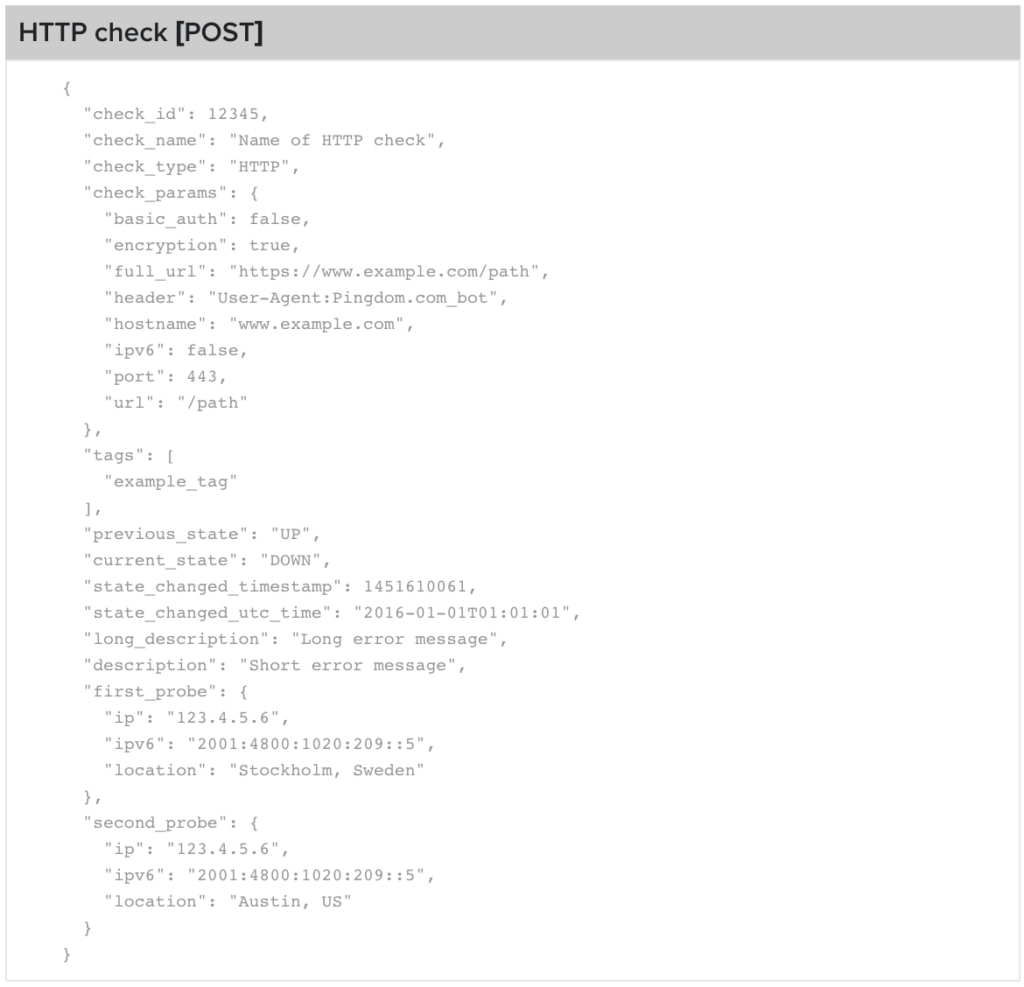Shiver me timbers, we’ve finally released webhooks for Pingdom!
As of today, you can set up a state change webhook to the URL(s) of your choosing to notify you when a certain event occurs on the site you are monitoring. Webhooks are a perfect solution when you want to create a script or service that executes when a monitored site goes down or a monitored transaction cannot finish – all without having to parse alert messages or continuously poll the Pingdom API for updates.
But that’s not all: yes, it’s gets better.
Not only do you get alerted the moment the state of your Uptime check changes but we also send you a really useful package of JSON data about the change in state. (more on this)

To put it in terms of the High Seas, if your web page is a sandy island, a webhook will instantly mark an X on your treasure map every time someone buries some treasure on it – i.e. when the state of your island becomes anything other than sand.

So rather than having to hunt around looking for potential treasure, you can walk right up to where X marks the spot and strike gold.
You might remember Robert May’s blog post about how he used a Raspberry Pi, an incredibly bright LedBorg and our API to alert him of any time his uptime check fell below a preset threshold. With a webhook, this set up could become even more efficient with the webhook sending state-change information directly rather than scheduling a request from our API in a recurring loop. Sadly, we have yet to figure out a better light diffusion system (read: lampshade) for his LedBorg…
Webhooks have been around for a while – we’ve been using them on our BeepManager alerting service to alert a predefined contact of your choosing. State change webhooks trigger a completely customizable, automatic response. Essentially, state change webhooks are perfect when you want to create an integration with Pingdom that reacts upon state changes, like reboot a server or send a push notification to a mobile device. BeepManager webhooks, on the other hand, are perfect when you want to create an integration with Pingdom that logs the resolution time of triggered incidents.
You can read more about setting up a webhook for your Pingdom account here and make being notified about a change in the state of your page faster and simpler.



























